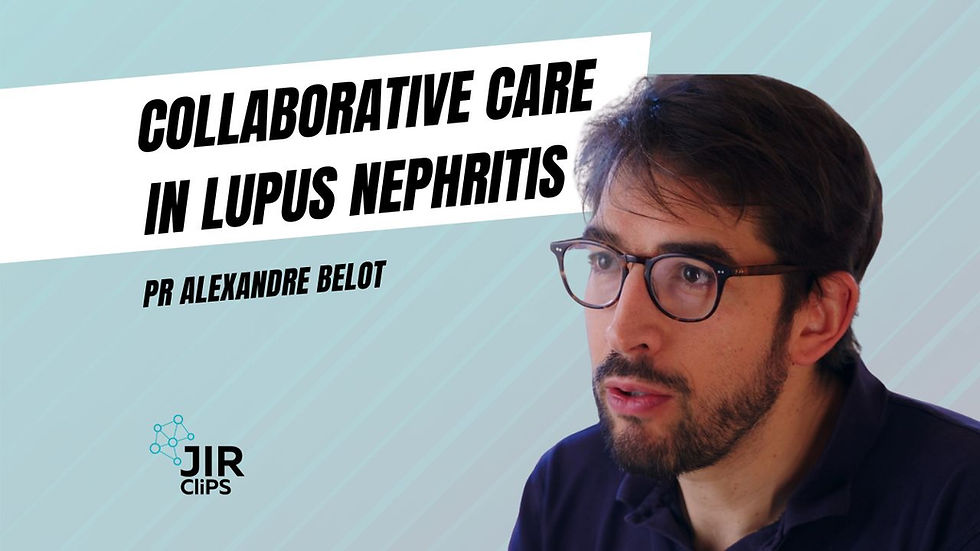The contemporary treatment challenges in acute Kawasaki disease
- Dr Arune Ramanauskiene
- Apr 3, 2023
- 2 min read
Updated: Apr 28, 2023
Kawasaki disease (KD) is a medium vessel vasculitis typically affecting children <5 years of age.
The most severe complication is the development of coronary arteries (CA) aneurysms, which occur in approximately 10 – 20% of insufficiently treated patients and can develop with a lower prevalence in children treated with standard therapy.
Since no specific biomarkers are stablished, the diagnosis is solely based on clinical symptoms. Diagnosis can be established in feverish children presenting with at least 4 of the 5 below mentioned symptoms (exact description of symptoms as well as time of illness vary between guidelines). Incomplete KD occur specially in very young children and can be a diagnostically challenge. In order to diagnose these patients in a timely manner, different national guidelines define incomplete Kawasaki disease differently including echocardiographic findings and/or propose management procedures for this oligo symptomatic patient group.
Diagnostic criteria of complete KD as described by the American Heart Association (AHA) and approved by the European SHARE initiative are presented in the following graphic.

Despite great improvements in the management of KD, several major challenges remain and some of them are presented below.


The identification of patients being at risk for the development of CA lesions is a prerequisite to tailor initial therapy.
Different scoring system (including laboratory markers, age, duration of illness, echocardiographic findings etc.) have been proposed and are recommended in national guidelines. However, the transferability of these assessment tools to patient groups of different ethnicities is limited due to variable sensitivities and specificities.

The goal of initial treatment is the control of inflammation and prevention of CA lesions. Although treatment with intravenous immunoglobulin (IVIG) and aspirin (ASA) is a standard primary therapy, there is no consensus on an optimal therapy for children who are IVIG-resistant. Furthermore, different recommendations exists on the evaluation of patients at risk for CA lesions and the adaption of initial therapy in these patients.


With the collection of real life clinical practice strategies in the CLiPS project, we aim to address the following objectives:
- Define patients characteristics indicating KD and high risk for treatment resistance and development of CA lesions
- Define treatment strategies in case of insufficient control of inflammation after standard therapy
- Define long-term management strategies
By participating in the worldwide CLIPS project, you help to improve patient management and long-term-outcome. For this, please open the questionnaire using this link.
Follow as on Twitter, Instagram, Facebook or LinkedIn! (JIR Cohort)
Sharing is caring :-)
By Arūnė Ramanauskienė (Lithuania), Jurgita Marčiulynaitė (Lithuania), Teresa Giani (Italy), Aušra Šnipaitienė (Lithuania), Daiva Gorczyca (Germany), Tilmann Kallinich (Germany).
Based upon work from COST Action CA21168, Project CliPS - Working Group"Immunoglobulin A vasculitis and Kawasaki disease management in children". Supported by COST (European Cooperation in Science and Technology). www.cost.eu







Comments